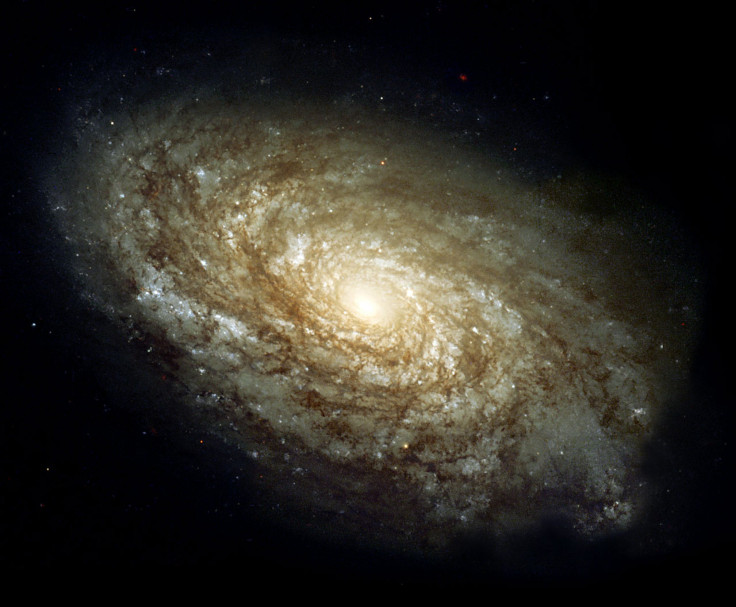Supernova 2013df Explosion Live Stream: Watch The Cosmic Fireworks Display In High Definition

Pull up your lawn chairs and blankets: A supernova will be erupting on July 2 and it promises to rival any Fourth of July fireworks display. The live stream of supernova 2013df begins at 4 p.m. PDT, 7 p.m. EDT.
The 2013df explosion will be broadcast in high definition courtesy of SLOOH from its observatory in the Canary Islands, complete with an interactive chat with astronomers. But as the supernova is erupting in the galaxy NGC 4414, a spiral galaxy 65 million light-years from Earth, it might be close enough to be observed by amateur astronomers using backyard telescopes eight inches or larger, notes SLOOH.
2013df is exploding in the galaxy NGC 4414 in the constellation Coma Berenices. NGC 4414 is classified as a flocculent spiral galaxy. Unlike grand-design spiral galaxies, which contain perfectly distinct spiral arms, a flocculent spiral galaxy is not as well-defined; its spiral arms appear disjointed. 2014df is the second supernova to be observed in NGC 4414; the first was SN 1974G, observed in 1974.
SN 2013df is classified as a Type II supernova. Unlike Type Ia supernovae, which occur in a binary star system, Type II supernovae typically occur in spiral galaxies. Type II supernovae involve massive stars, usually red supergiants, that have exhausted their energy supply. Stars gain energy through nuclear fusion of different elements but cannot fuse iron as iron fusion leads to the loss of energy. Eventually so much iron builds up in the star’s core that it collapses, leading to a supernova and the death of the star. Type II supernovae are also distinct from other supernovae due to the presence of hydrogen in the measured light spectrum of the explosion.
Type II supernovae are massive star explosions but they're not as bright as Type Ia supernovae. According to SLOOH, SN 2013df reached a peak magnitude of 15 and may be classified as a Type IIb supernova. Based on observations collected by the Rochester Academy of Science, SN 2013df had a second bright peak on June 26, reaching a magnitude of 15, after a 15.3-magnitude peak was recorded on June 16. The SLOOH live stream can be viewed below. A list of international times can be viewed here.
© Copyright IBTimes 2024. All rights reserved.








